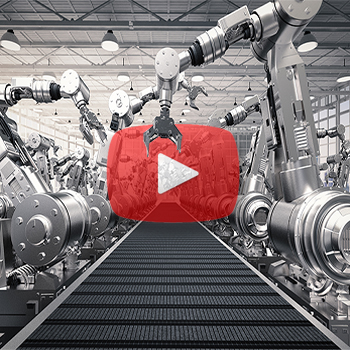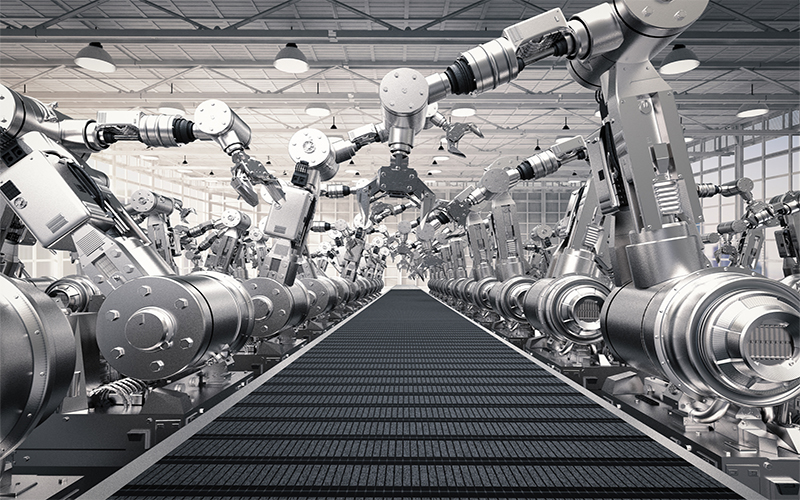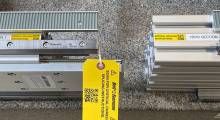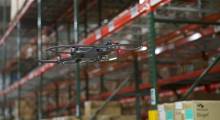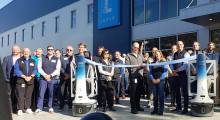Automation and robotics is already changing the US workplace, and by 2027, we could be looking at dramatically different numbers each month when the Bureau of Labor Statistics releases its non-farm payroll data.
Forrester predicts 10 million jobs will be lost as a direct result of the robotic revolution.
While the shift will come with a new wave of hiring (it estimates 15 million), automation and robotics will eliminate 25 million.
Put another way: one new job will be created for every 15 lost.
So how might the NFP jobs report look years from now?
Take the number of retail jobs lost in March - nearly 30,000.
According to Forrester's report, that's just the beginning. It estimates that sales and related roles - including cashiers and retail salespersons - will be hard hit by kiosks and self-help services.
In recent months as President Donald Trump has promised to promote blue-collar jobs, hiring in manufacturing has picked up. But that sector has been perhaps the most affected by the rise in robotics.
The National Bureau of Economic Research found that manufacturing industries use 80 percent of the industrial robots in the US.
And more upheaval could be on the way, making those recent solid manufacturing numbers in the jobs report look like a blip on the radar.
Boston Consulting Group projects that the as robots become more affordable and easier to program, a greater number of small manufacturers will be able to more deeply integrate them into supply chains.
The shift, according to a published report from MIT Economist David Autor, will affect both the engineers that design them, and companies that rely on them.
“There's never been a better time to be a worker with special skills or the right education, because these people can use technology to create and capture value,” says Autor.
“However, there's never been a worse time to be a worker with only 'ordinary' skills and abilities to offer, because computers, robots, and other digital technologies are acquiring these skills and abilities at an extraordinary rate.”
One proposed solution to offset the growth of robotic automation was proposed by an unlikely advocate, Bill Gates, who argues in an interview with Quartz that by “raising the tax level” you'll eventually slow down the speed of growth.
Cities like San Francisco are in favor of the tax, with local politicians like Jane Lee telling CNBC that we need to “rethink the way that we are preparing our citizens for this brave new world in which automation exists in every industry.”
But other economists argue not-so-fast. Larry Summers, in a FT.com op-ed, poses the question 'why pick on robots?'
“Why tax in ways that reduce the size of the pie rather than ways that assure that the larger pie is well distributed? Imagine that 50 people can produce robots who will do the work of 100,” argues Summers.
“A sufficiently high tax on robots would prevent them from being produced. Surely it would be better for society to instead enjoy the extra output and establish suitable taxes and transfers to protect displaced workers? It is hard to see why shrinking the pie, rather than enlarging it as much as possible and then redistributing, is the right way forward.”
Related Article: DHL Supply Chain to Use Collaborative Robots for Innovative Order Fulfillment Trial
Article topics
Email Sign Up

